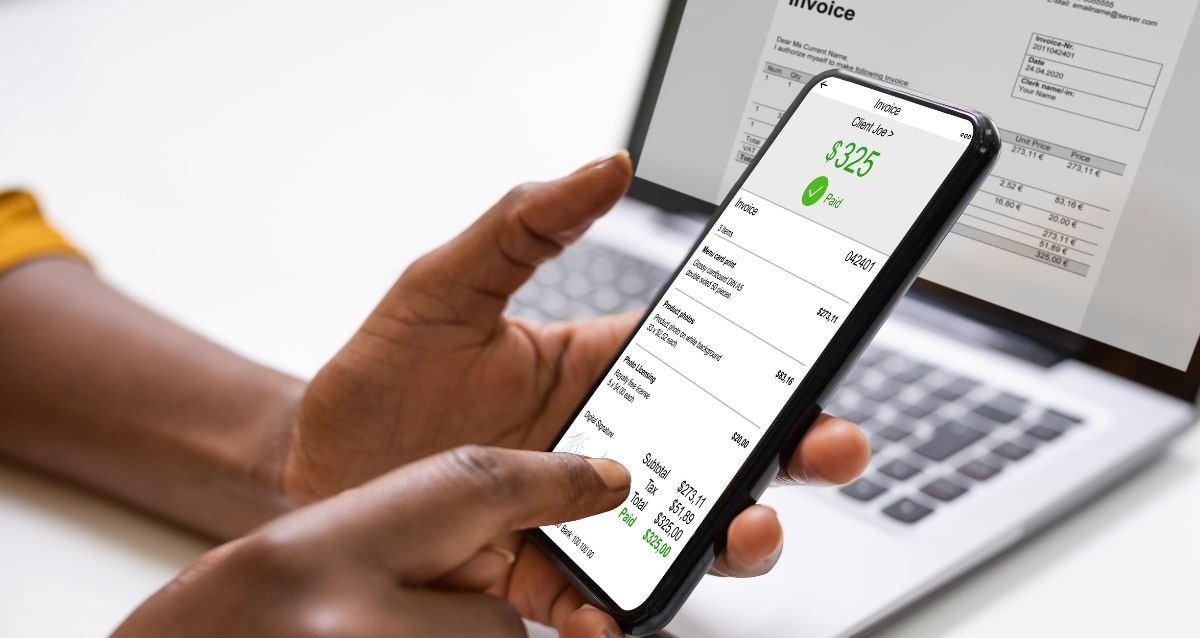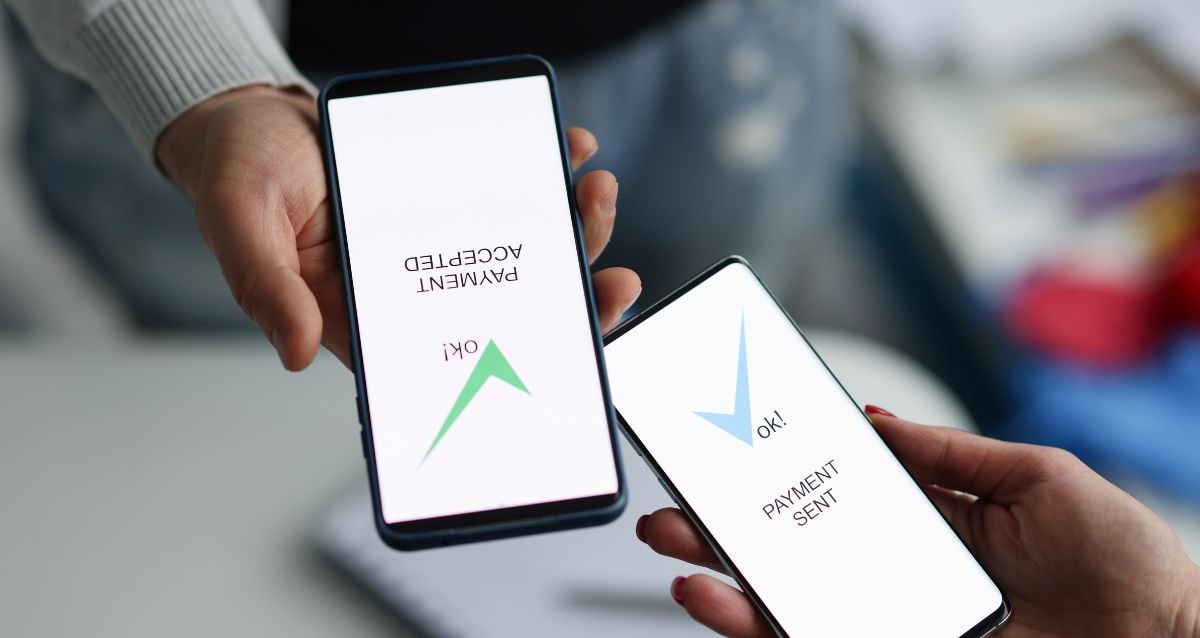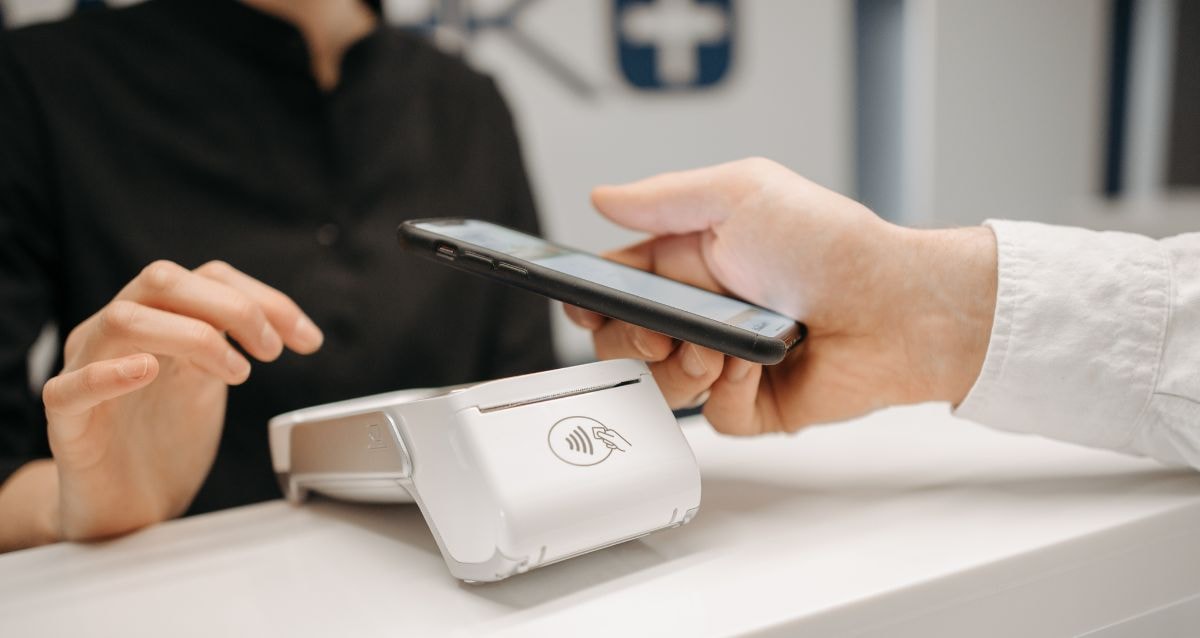
Can You Use Zelle for Business? Pros, Cons And The Best Alternatives
This blog was first published in December 2023 and updated in October 2025.
Can you use Zelle for business? The short answer: yes, but with a few important things to consider. If you run a small business and want a fast, simple, and low-cost way to send and receive money, Zelle might sound like the perfect fit. Stick around, because we’ll unpack how Zelle for business works, what banks it partners with, the pros and cons, and some smart tips to make sure your payments go to the right person every time and we’ll also touch on when a more complete solution like First Card Payments might be the smarter choice.
Key Takeaways
- Zelle lets small businesses send and receive money in minutes.
- No transaction fees, but bank rules and limits vary.
- U.S.-only use and no purchase protection are major drawbacks.
- Always monitor account activity since payments can’t be reversed.
- For more features and security, choose First Card Payments.
What Exactly is Zelle for Business?
Think of Zelle as the cash-free way to send money instantly using your mobile banking app. [Source]
Instead of dealing with checks or waiting for card payments to clear, Zelle lets you pay or request money through just an email address or U.S. mobile phone number.
Unlike apps such as Venmo or PayPal, Zelle comes built into many banks’ and credit unions’ online banking systems.
That means you don’t need to download yet another app if your financial institution already offers Zelle inside their own mobile app.
For small businesses, this opens up a quick, no-fee option for receiving funds directly into a checking or savings account without the headache of card processing fees. But before you rush in, let’s look deeper.
How Does Zelle Work for Business Owners?
You might be wondering: how does Zelle work to send money if you’re using it for business? Here’s the breakdown:
- Both the sender and the recipient must enroll with Zelle through their bank or credit union.
- You link a U.S. mobile phone number or an email address to your account.
- To send money with Zelle, you log into your bank’s online banking or mobile banking app, enter the recipient’s information, type in the amount, and tap send.
- The recipient gets a text or email notification that money is on the way.
- The payment typically lands in the recipient’s account within minutes if both banks are participating financial institutions.
So instead of asking for routing numbers or writing out checks, you just use a mobile number or email address.
That’s why enrolled users typically occur within minutes when both banks support Zelle.
Eligibility: Can Every Business Use Zelle?
Not all businesses can jump in right away. To use Zelle for business, you need:
- A business bank account with a participating bank or credit union.
- Enrollment through your bank’s mobile banking app or online banking system.
- The correct email address or U.S. mobile number tied to the account.
Important tip: Not every bank allows businesses to use Zelle. Some limit it to personal accounts only, so check with your financial institution or credit union first.
Setting Up Zelle for Business
Ready to get started? Here’s a step-by-step on how to use Zelle for business:
- Check your bank: Confirm that your bank or credit union supports Zelle for business accounts.
- Enroll with Zelle: Sign up through your bank’s online banking or mobile app.
- Link your email address or U.S. mobile number: This ensures customers can send payments directly to your account.
- Share details with customers: Provide your correct recipient’s contact information, either your enrolled email or mobile number.
- Receive funds instantly: Once someone sends you money, you’ll get a text message or payment notification confirming the deposit.
What Banks Does Zelle Work With?
Zelle connects with hundreds of participating financial institutions across the U.S. [Source] The biggest ones include:
- Wells Fargo
- PNC Bank
- Bank of America
- Chase
- Capital One
- Many credit unions live in the Zelle network too
If your bank doesn’t support Zelle yet, you can still use it by downloading the Zelle mobile app and linking a debit card from an eligible bank account.
Benefits of Using Zelle for Business
Why do so many small business owners consider Zelle? Let’s break down the advantages.
1. Speedy Transfers
Money moves fast. With Zelle, you can send and receive money directly from one bank account to another in minutes. No waiting days for checks to clear or card payments to process.
2. No Transaction Fees
Unlike credit card processors that charge fees on every swipe, Zelle transfers typically cost nothing. However, always double-check with your bank or credit union because some may add small service fees.
3. Easy Setup
All you need is a mobile phone number or email address to get started. Clients don’t need your banking details, just the information you share with them.
4. Direct Deposits
Payments go straight into your eligible checking or savings account. No middlemen, no waiting, no holding accounts.
5. Flexibility
Zelle works well for:
- Paying contractors or freelancers.
- Collecting money for a group gift or shared expense.
- Accepting small payments from customers quickly.
Drawbacks of Zelle for Business
Now let’s get real. Zelle isn’t perfect for every situation. Here are the main downsides you should know before relying on it.
1. Domestic Use Only
Zelle only works inside the United States. If you need to send money abroad, you’ll need another platform.
2. No Purchase Protection
Unlike credit cards or PayPal, Zelle does not include purchase protection. If you accidentally send money to the wrong person or deal with a dishonest buyer, it’s tough to get it back.
3. Inconsistent Bank Policies
Each bank sets its own transaction limits and policies. For example, Wells Fargo and PNC Bank may allow higher transfers than smaller credit unions. Always check your institution’s rules.
4. Tax Considerations
Just because Zelle doesn’t charge fees doesn’t mean your payments escape taxes. The IRS still expects you to report business income received through Zelle.
5. Paying Employees with Zelle Can Backfire
You can pay employees with Zelle, but it creates messy tax records and lacks compliance features that proper payroll systems provide. Without accurate documentation and withholdings, payroll through Zelle quickly turns into a headache. Save Zelle for quick one-off reimbursements to family members, contractors, or team members instead.
When Zelle Works Best for Businesses
Zelle makes sense if you:
- Run a local small business that needs quick payments.
- Pay contractors, freelancers, or suppliers you trust.
- Handle low-risk, domestic transactions inside the U.S.
- Want to skip transaction fees that eat into your profits.
It might not fit as well for:
- E-commerce stores selling to strangers.
- International transactions.
- Businesses needing purchase protection or chargeback support.
Why First Card Payments Is a Great Alternative to Zelle for Business
While Zelle for business works well for quick, domestic transfers, it falls short in several areas, international payments, purchase protection, and compliance features for payroll. That’s where First Card Payments steps in.
All-in-One Payment Processing
Unlike Zelle, which only lets you send and receive money through a bank account, First Card Payments supports credit card transactions, ACH transfers, and mobile payments, giving your business more flexibility.
High-Risk Merchant Accounts
If your company operates in a high-risk industry, First Card Payments provides dedicated solutions that traditional banks and participating financial institutions often refuse.
Better Record-Keeping
With professional monitoring features, you get clear documentation for every payment, making it easier to manage taxes, payroll, and reporting compared to Zelle’s limited setup.
Global Reach
Unlike Zelle, which only works in the U.S. with a U.S. mobile phone number or email address, First Card Payments allows you to expand your business internationally.
Added Protection
Zelle lacks purchase protection, which puts both the sender and recipient at risk. First Card Payments offers more secure options that protect businesses from fraud and disputes.
Zelle may be fast and free for small, local transactions, but First Card Payments offers a more robust, scalable, and secure payment solution for growing businesses.
Summary
So, can you use Zelle for business? Absolutely, as long as you understand its limits and play it smart. For U.S. small businesses that trust their clients and want instant, fee-free payments, Zelle feels like a gift. Just remember to confirm details, use it only with people you know, and keep an eye on your account activity. That way, you’ll enjoy the speed, simplicity, and convenience Zelle brings, while avoiding common pitfalls. If you are looking for more functionality, broader payment options, and stronger protection, choose First Card Payments.
Ready to simplify payments and grow your business?
Zelle can keep things fast and easy, but if you need more functionality and long-term security, First Card Payments has you covered. Get in touch today to explore payment solutions built for your business.
Frequently Asked Questions About Zelle For Business
Can eligible small businesses use Zelle to send and receive money?
Yes, eligible small businesses can use Zelle to send and receive money quickly through their bank’s online banking or mobile app. All it takes is the recipient’s bank being a participating institution, and the payment typically shows up within minutes.
How do I send money with Zelle as a business?
To send money with Zelle, log in to your bank’s mobile app, select send money, enter the recipient’s email or mobile number, confirm the amount, and tap send. Always double-check the information before confirming, since transactions use the same technology as instant transfers and cannot be reversed.
Can I schedule payments or set up future payments with Zelle?
Some banks allow you to set scheduled payments or even plan future payments using Zelle within their mobile banking platforms. Check with your financial institution to see if this feature is supported in your account activity settings.
How do businesses receive money with Zelle?
To receive money with Zelle, share your enrolled email address or U.S. mobile number with the sender. Once they send funds, the money moves directly into your account, and you’ll see it reflected in your account activity almost instantly if both banks use the same technology.
Is Zelle safe for sending business payments?
Zelle uses the same technology that many banks rely on for secure online banking, which makes it safe when used correctly. However, because payments cannot be reversed, always verify the recipient’s bank information before sending and monitor your account activity for accuracy.
My interest in the financial world started to blossom in High School. However, my parents tell me I use to watch financial programs before the age of 5. So, I guess I was born with the Financial bug. In high school I was accepted into their Finance Academy, which I attended for 4 years. In addition to graduating high school, I accumulated a substantial amount of financial knowledge few people experience at such a young age. During which time, I won the State of Florida Stock Market Contest and I also finished in the top 100 in the CNBC stock market contest which had over 1 million participants throughout the country (including some of Wall Street’s elites) with a take home prize of $1 million. These achievements allowed me to be invited to many shows and events with top people in their fields of business from around the world.
No Comments
Sorry, the comment form is closed at this time.







